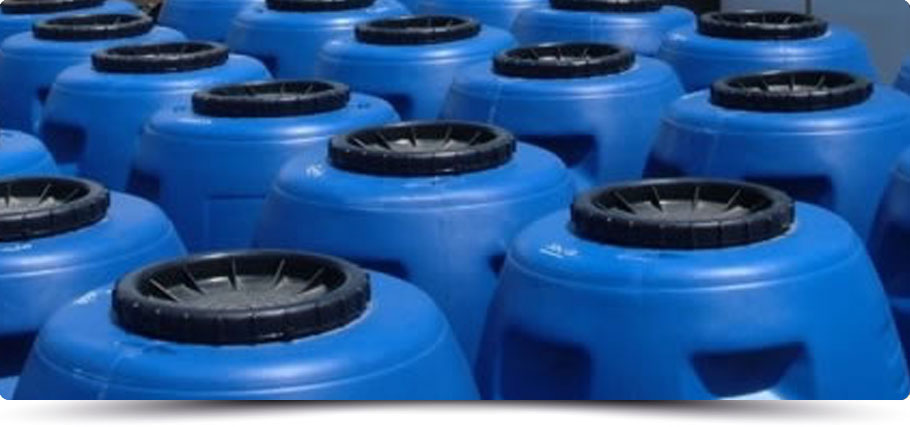
The treatment of controlled landfills with lime insolubilizes the heavy metals from landfill leachates, achieving an inert solid in order to avoid contamination of soils and aquifers.

Lime blocks heavy metals in an insoluble form and helps in the extraction of hydrocarbons and of organic volatile elements.

In dry and semi-dry purification procedures, lime is used for its absorption qualities of acid pollutants and heavy metals contained in gaseous effluents.
In the wet procedures, the lime is added to the gas column, or to the neutralization of the aqueous effluents in the washing tower.
Lime is the most suitable decontaminant due to its high performance, low cost and easy handling. The high specific surface area, porosity and particle size are very important characteristics for these purposes.

When the desiccation of sludge is carried out mechanically, lime can be used with different objectives in the following phases:
A) BEFORE FILTRATION. The conditioning is carried out by adding lime grout to the liquid mud producing a coagulation effect of the colloidal particles, an increase in the size and weight of the "flakes", as well as the dry matter content. At the same time, it improves the filtration of the mud and its sanitization (blocking of fermentations and elimination of pathogenic organisms due to an increase in pH).
B) AFTER FILTRATION. Stabilization and drying is achieved by adding quicklime to the mud. In this way, an increase in dry matter content is obtained. The mixture of water with lime produces an increase in temperature and the union of a molecule of water with a molecule of calcium oxide causes the drying of the mud. The heat of hydration of 1 kg of lime can heat 2 liters of water from 0º C to its boiling point, 100ºC. A sanitization of the mud also occurs due to an increase in pH and temperature.



In the treatment of manure liquids and other effluents from cattle breeding, lime guarantees purification by destroying pathogenic germs, deodorization and decantation.

Lime is a harmless product in water purification techniques, it is easy to handle and is used as a base to correct an excessively acidic pH:
- As a coagulation, flocculation, neutralization and decantation agent for suspended matter facilitating liquid/solid separation.
- To precipitate toxic elements (heavy metals: lead, chromium, copper, manganese, nickel, arsenic, cadmium, zinc, aluminum, iron, etc...) that are dissolved and precipitate in the form of hydroxide, and harmful (nitrates and phosphates in the form of insoluble salts).
- To disinfect by eliminating bacteria or viruses, as well as the radical suppression of bad odors.
In drinking water, lime rebalances the proportion of calcium in the water. Lime remineralizes water that is too soft or decarbonates water that is too hard (which leaves calcareous deposits).

In the treatment of industrial waste, lime takes part in the decarbonation and clarification phases.



